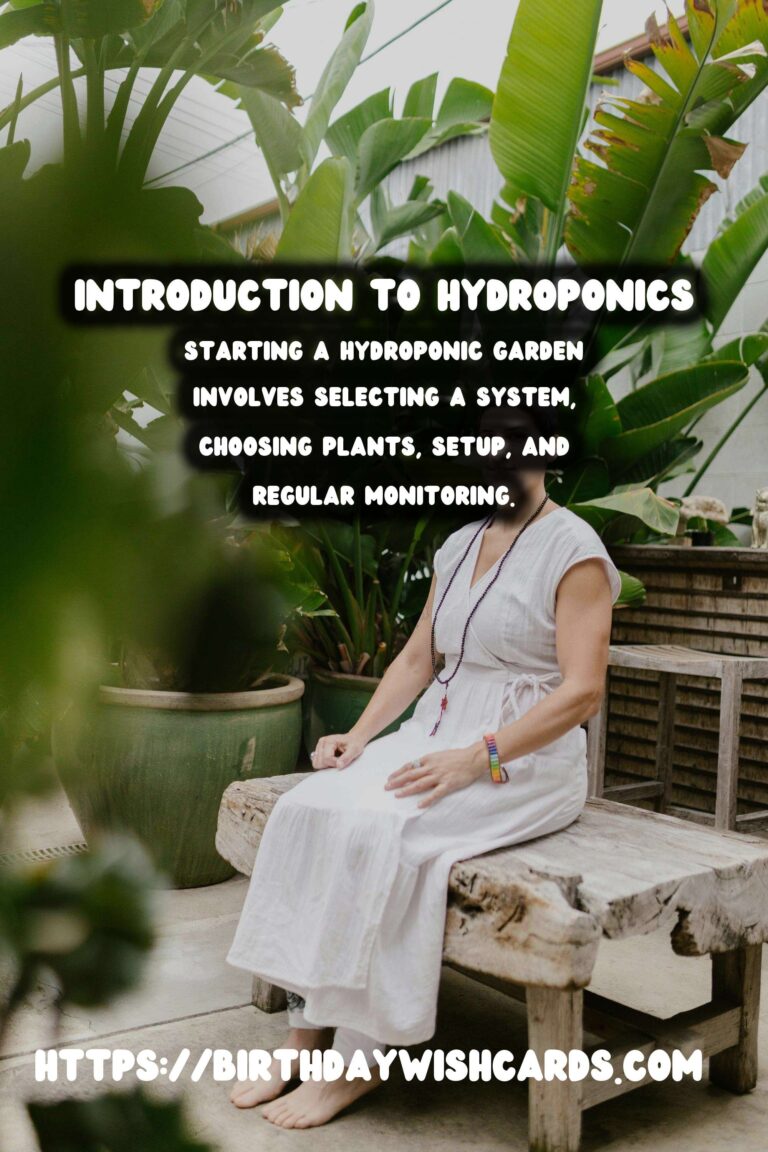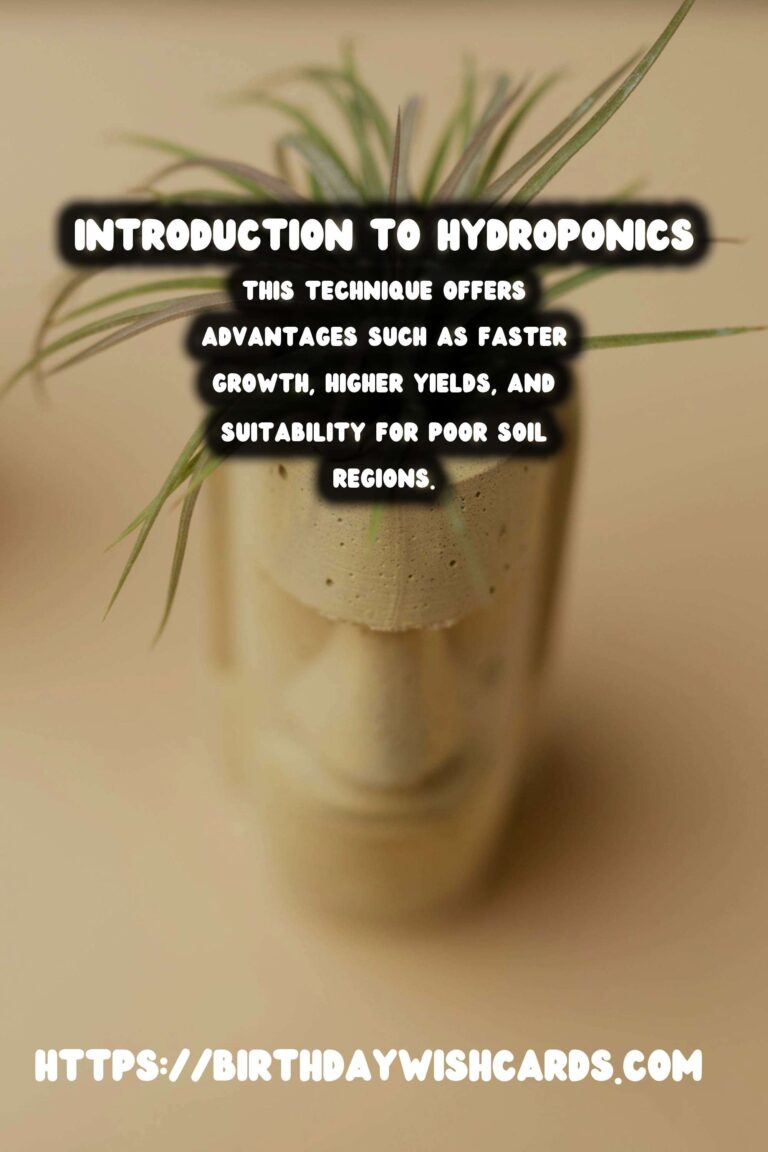
Hydroponics is an innovative method of growing plants without soil, using nutrient-rich water solutions to deliver essential nutrients directly to the plant roots. This technique offers numerous advantages over traditional soil-based agriculture, including faster plant growth, higher yields, and the ability to grow crops in regions with poor soil quality. For beginners, understanding the basics of hydroponics can open up a world of possibilities in home gardening and commercial agriculture.
What is Hydroponics?
Hydroponics is a method of cultivating plants using water-based solutions instead of soil. The word ‘hydroponics’ comes from the Greek words ‘hydro,’ meaning water, and ‘ponos,’ meaning labor. In a hydroponic system, plants are supported by an inert medium such as perlite, coconut coir, or rock wool, which provides stability for the roots while the water solution supplies all the necessary nutrients.
Benefits of Hydroponics
The benefits of hydroponics are numerous and make it an attractive option for both hobbyists and commercial growers. Firstly, hydroponics allows for faster plant growth and higher yields because the plants can absorb nutrients more efficiently. Additionally, hydroponic systems use less water than traditional gardening since the water is recirculated and reused within the system. This makes hydroponics an environmentally friendly option in areas facing water scarcity.
Moreover, hydroponic systems can be set up indoors or outdoors, giving growers flexibility in managing environmental conditions such as light, temperature, and humidity. This controlled environment minimizes the risks of pests, diseases, and weeds, reducing the need for pesticides and herbicides.
Types of Hydroponic Systems
There are several types of hydroponic systems, each with its own unique features and advantages. Some of the most common systems include:
1. Nutrient Film Technique (NFT)
The NFT system involves a continuous flow of nutrient-rich water over the roots of the plants. The water is pumped through a channel where the plants are held, allowing the roots to absorb nutrients while being exposed to air for oxygen.
2. Deep Water Culture (DWC)
In a DWC system, plant roots are suspended in a nutrient solution with an air stone providing oxygen. This system is relatively simple and inexpensive, making it ideal for beginners.
3. Ebb and Flow (Flood and Drain)
The ebb and flow system periodically floods the plant roots with nutrient solution and then drains it away. This cycle provides nutrients and oxygen to the roots while preventing oversaturation.
4. Wick System
The wick system uses a wick to draw nutrient solution from a reservoir to the plant roots. This passive system is low-maintenance and suitable for small-scale setups.
Getting Started with Hydroponics
Starting a hydroponic garden requires some initial planning and setup. Here are the basic steps to get you started:
Select a Suitable System
Choose a hydroponic system that suits your space, budget, and level of expertise. Beginners may want to start with a simple system like the DWC or wick system.
Choose the Right Plants
Not all plants are ideal for hydroponics. Leafy greens, herbs, and small fruiting plants like tomatoes and strawberries are popular choices for hydroponic systems due to their fast growth and relatively low maintenance requirements.
Set Up the System
Assemble your chosen hydroponic system according to the manufacturer’s instructions. Ensure that the system is stable and that the plants have adequate access to light and nutrients.
Monitor and Maintain
Regularly check the pH and nutrient levels in your system to ensure optimal plant growth. Adjust the nutrient solution as needed and monitor the plants for signs of pests or diseases.
Conclusion
Hydroponics is a versatile and efficient method of growing plants that offers numerous benefits over traditional gardening. Whether you’re a beginner looking to experiment with soilless gardening or a seasoned gardener seeking to maximize yields, hydroponics provides a sustainable and rewarding solution. By understanding the basics and selecting the right system and plants, you can embark on a successful hydroponic gardening journey.
Hydroponics is a method of growing plants without soil, using nutrient-rich water solutions. This technique offers advantages such as faster growth, higher yields, and suitability for poor soil regions. Hydroponic systems use less water and can be set up indoors or outdoors for environmental control. Common hydroponic systems include Nutrient Film Technique, Deep Water Culture, and Ebb and Flow. Starting a hydroponic garden involves selecting a system, choosing plants, setup, and regular monitoring.
#Hydroponics #SoillessGardening #IndoorFarming #SustainableAgriculture #GardeningTips

